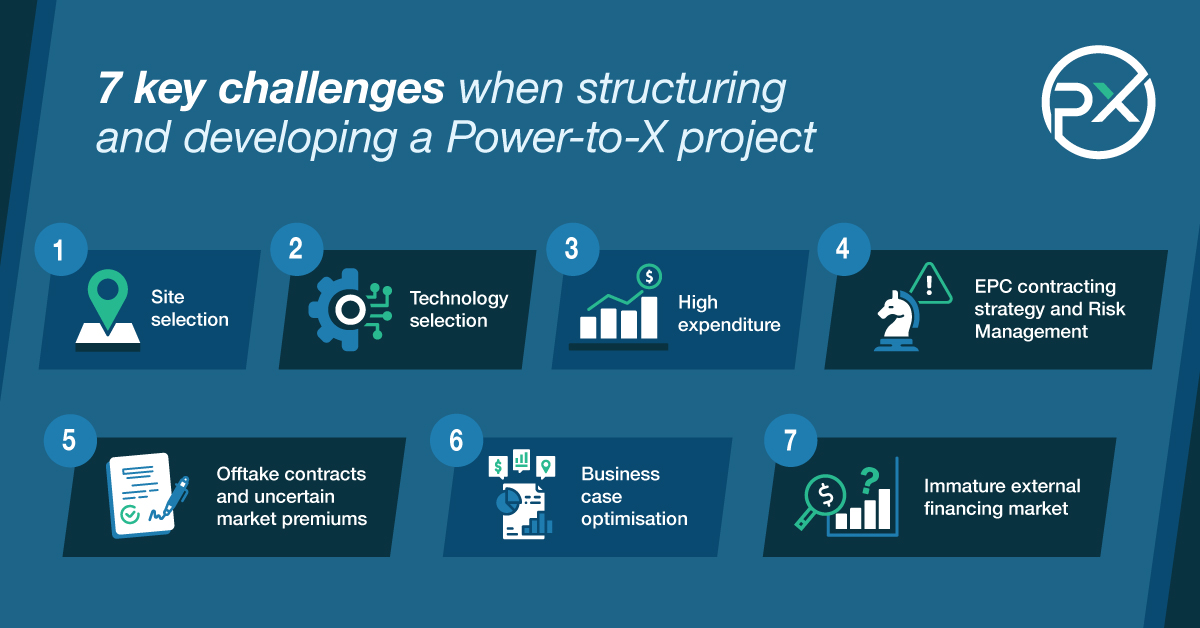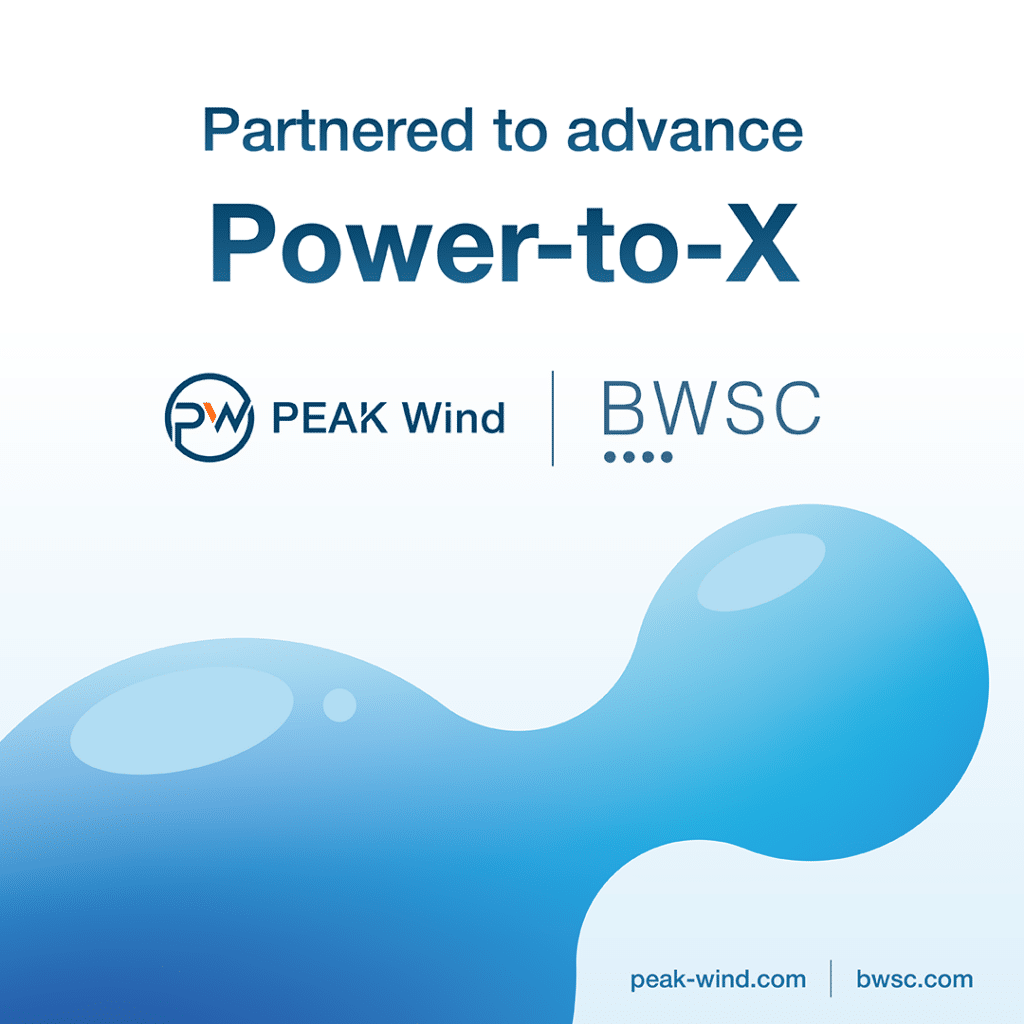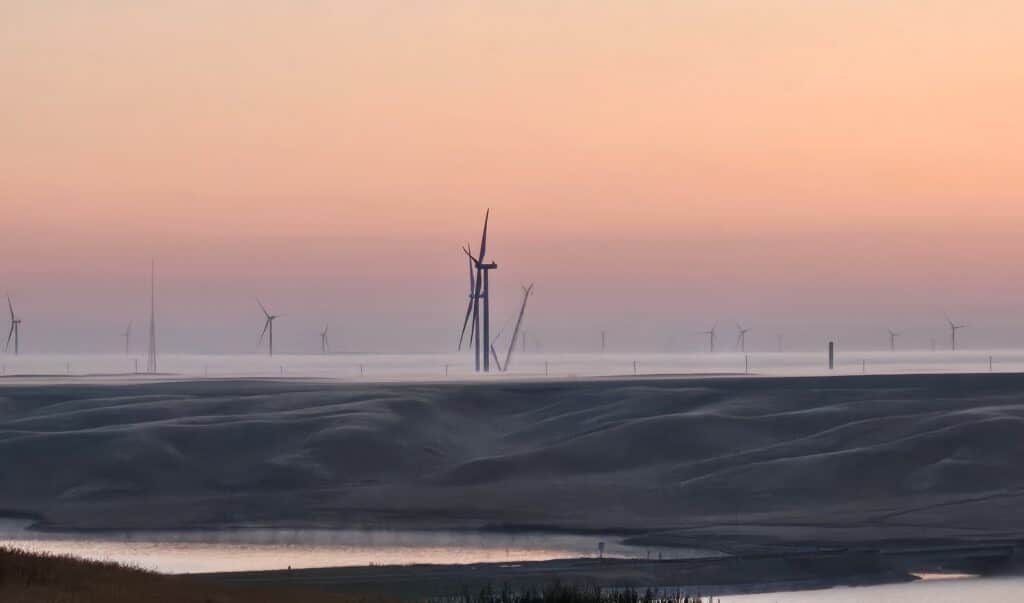
By reading this article you will:
- Understand why Power-to-X projects are more complicated than stand-alone wind or solar projects and stand-alone conventional fossil-fuel based ammonia or hydrogen plants
- Ensure awareness of the main aspects to consider when structuring a Power-to-X project to avoid unnecessary project costs and delays
- Learn about what the key challenges are in developing Power-to-X projects and potential mitigation for these
Power-to-X1 is deemed key for a successful green energy transition by political leaders across the globe, but as an industry, we are still awaiting the first large-scale Power-to-X project to become operational.
The aim of this article is to explore which factors need to be considered when assessing the business case for and the development of a new Power-to-X project. It will highlight the key challenges that should be addressed early in the development process to avoid delays and unnecessary development costs.
There are many different types of Power-to-X projects and depending on the scope of the project the challenges may vary. Still, most of the aspects described in this article apply across the range of projects. The key considerations mentioned below apply to Power-to-X projects which source their power through own renewable energy generation units (onshore/offshore wind and solar), with or without support from the public grid.
The 7 key challenges for successful Power-to-X project development
1. Site selection
When deciding on a location for a Power-to-X project there are some key aspects to consider. Currently, there are challenges in storing and transporting the final offtake product. Storage capacity is expensive, and the storage of some offtake products entails energy losses.
Transportation infrastructure for the final offtake product can be costly due to safety concerns (as for ammonia), can have high energy losses in converting and later cracking (ammonia), vaporisation (liquid hydrogen), or dehydrogenation (liquid organic hydrogen). Alternatively, transport may not feasible because the required infrastructure, trucks and/or ships needed are not yet available due to technology readiness or commercialised capacity limitations. This suggests that the optimal location for early Power-to-X projects is often close to the final offtake until such infrastructure is available at the necessary scale.
The electrolyser in any Power-to-X project prefers a high and relatively stable energy flow. Thus, the processing plant will also need to be located near available land for good wind and solar resource, if onshore, or near-shore close to the offshore wind site. For onshore projects, this means strong and stable wind and high irradiation sites, preferably where there is a negative correlation between the two. The negative correlation between wind and solar generation allows for a smaller sizing of both the wind and solar generation elements in relation to the installed electrolyser capacity.
Any project will also need a sufficient supply of fresh water (either via desalination or local freshwater supply) for electrolysis feedwater. Depending on the end product, a local source of high-purity CO2 may also be required (i.e. for many carbon containing e-fuels). For grid-connected projects the site should be near an available grid-connection, to avoid excessive electrical transmission losses and infrastructure costs.
2. Technology selection
For each Power-to-X project, regardless of the end-product, it will be necessary to select from a range of different technologies and suppliers to furnish the key components within the project. Technology selection is ultimately the project owners’ choice and can depend on owner preference as well as certain project specifics. Still, some key considerations apply across all projects and can have a significant impact on the ultimate project viability.
One of the key technology choices each Power-to-X project faces is the choice of electrolyser technology. When assessing the various equipment manufacturers, besides looking at electrolyser technology, cost (CAPEX and OPEX), ramp-up/down-rates and power-conversion efficiency, it is important to also evaluate safety, technical maturity, guarantees, bankability and availability of production capacity for the timeline of the relevant project (Figure 1).

Figure 1. Key areas for technology selection
There is uncertainty around degradation of electrolysers due to lack of operational data for large-scale electrolysers. To ensure that the manufacturer will be able to bear the cost, should a claim arise, it is important to both understand the guarantees as well as to consider the company size, ownership structure, and creditworthiness of the manufacturer. Additionally, flexibility in ramp-up and ramp-down of both the electrolyser and any downstream production facility is of relevance as it reduces the need for costly intermediate storage (of either electrical power or hydrogen).
For Power-to-X projects that are onshore and off-grid it is vital to ensure that the OEM chosen for the wind turbines has technology which allows for ‘black start’ (i.e. without available power from the grid). Only a few OEMs can offer this today with the help of wind power plant technology and lithium-ion batteries.
3. High expenditure
The costs for green, blue, and grey hydrogen (Figure 2) are high due to 1) the required infrastructure for transport of the final product is not yet built out or accessible in most regions and 2) high storage cost, immature supply chains, and lack of economies of scale in equipment manufacturing. The cost of a green hydrogen project is currently significantly higher than that of a grey hydrogen project. This is because of the high cost of the renewable generation due to oversizing (alternatively low utilisation rate of the processing plant) and electrolyser equipment associated with a green project.
Project owners can seek to lower the cost of the development by locating the projects near low-cost renewable resources and in proximity to offtake. High costs and project uncertainty often drive players to engage in risk-sharing for Power-to-X projects by participating in project consortia and strategic partnerships where the development cost of the project is shared between the parties. Partners in such consortia could be the developer, chemical plant EPC provider, offtake etc.

Figure 2. Three of the many types of hydrogen
4. EPC contracting strategy and Risk Management
As there is no one-stop-shop company for Power-to-X projects, there is a need for multiple firms to provide expertise in different areas. For example, during project development one company can develop and operate the renewable site, another company can manufacture the electrolyser, while a third can do the EPC for the processing plant.
This requires full clarity around which company bears the risk for which part of the project. The EPC provider for the processing plant may only be able to provide back-to-back guarantees with the electrolyser manufacturer on the performance of the electrolyser. In turn, the electrolyser manufacturer may only provide guarantees on a steady flow of electricity, so it needs to be negotiated who bears the risk of equipment failure and stack replacements when having a project with an intermittent energy flow from wind and/or solar.
Technical performance and efficiency of the full processing plant, e.g. load factors, conversion efficiency and lifetime are also areas where risk bearing should be negotiated. Some of these risks may be possible to allocate to the EPC provider through guarantees covering efficiency, capacity, load following, and output availability.
5. Offtake contracts and uncertain market premiums
The offtake contracts can pose challenges for Power-to-X projects. The pricing for hydrogen and derivative products is affected by fluctuating natural gas prices. This may change in the future when a market for green hydrogen and its derivatives has established. Currently, large-scale commercial green Power-to-X projects can be regarded as a bet on the future, which requires long-term commitments from frontrunners in sustainable investments and offtakes.
There is a need for near- and long-term visibility and clarity around the avoided carbon emission regulation and how the green premium is added to green hydrogen prices in comparison to grey hydrogen. Offtakes generally require a limited volume of hydrogen, often less than the needed to achieve a bankable large-scale Power-to-X plant.
Offtakes are also subject to industrial cycles and therefore wish to limit the offtake contract to 5-10 years, whereas a Power-to-X project would need to have a lifetime for at least 20 years to be bankable and to achieve the required return by investors. This emphasises the importance of ensuring early discussions with several offtakes located near the project and potentially also to diversify the project output into different applications.
6. Business case optimisation
Optimising the size of the different parts of the Power-to-X project is a complex exercise. There are limiting parameters, such as available areas for wind/solar resources, available grid access for the renewable energy, land and access to water for the chemical plant, as well as amount of final offtake product that you have contracted or are confident that you will be able to sell. In addition, there will be both CAPEX and OPEX considerations for all major components of the project (Figure 3).

Figure 3. Examples of the limiting parameters in business case optimisation (non-exhaustive list)
Our experience is that when optimising a Power-to-X project in the current market, one should do it based on minimum Levelised Cost of Hydrogen or X (LCOH/LCOX), given one of two primary restrictions: either the available areas for generation facilities, or the volume of any offtake agreement (or a forecast of the final offtake demand). These constraints need to be assessed during early project development and mean that there could be two distinct routes for the initial sizing of the chemical plant and associated equipment.
The first route would apply in scenarios where land availability is the primary constraint and would be based on the maximum potential renewable generation for a given area of viable land. The downstream Power-to-X plant sizing would then be done to give the optimal balance between production rate and CAPEX/OPEX costs to minimise LCOX and maximise ROI.
Alternatively, if there is sufficient land available and product offtake is the primary constraint, the first priority would be to size the Power-to-X plant sufficiently to meet any (agreed or forecasted) offtake agreements. Only then should the sizing of the renewable generation be done.
While the markets for Power-to-X products are still in a relatively early maturity stage, we expect that offtake agreements will tend to be the primary constraint. However, we forecast this will change over time as the markets for green products reach maturity. Even so, there may remain some offtake constraints in certain regions and markets depending on the nature of the local product transport logistics and costs associated with product storage. Our recommendation is to ensure a full understanding of both the land or water area availability (hence generation capacity), the nature of site, and product specific offtake potential at the earliest stage to appropriately inform project business case development.
7. Immature external financing market
External non-recourse project financing is currently challenging to obtain as the technology for Power-to-X projects is unproven at scale and the first project is yet to be commissioned. The duration, volume, and price of offtake contracts can also make it difficult to achieve bankability. In relation to risk management, for banks it is important to see that the counterparty risk is managed properly and that it is clear which company within the Power-to-X project bears which type of equipment and operational risk.
To ensure debt funding and risk sharing in the early Power-to-X projects, in addition to bank debt, many project owners are seeking external funding through subsidy schemes such as the Innovation Fund, Green Deal, and IPCEI (Important Projects of Common European Interest). As forementioned, strategic partnerships and project consortia are another way project owners can risk share.
Keep in mind…
- To frontload as much as possible of the assessment of the key points mentioned in the article to avoid unexpected costs or project delays later in the process
- Take time for the technology selection as it is not a straight-forward exercise given the lack of maturity and standardization in the industry
- Emphasize focus on risk-sharing and early clarification of which party in the project bears what risk
Want to learn more about structuring of Power-to-X projects?
PEAX Energy has experience with technology selection, business case assessment, strategic partnerships and can help you solve the different challenges for your Power-to-X project.
Just reach out to us, we are always happy to answer your questions and get into discussions about Power-to-X!
Elisabeth Hasselström | Senior Power-to-X Consultant | Get in touch
Note: 1. Power-to-X refers to Power-to-Ammonia, Power-to-Chemicals, Power-to-Fuel, Power-to-Gas, Power-to-Hydrogen, Power-to-Liquid, Power-to-Methane






